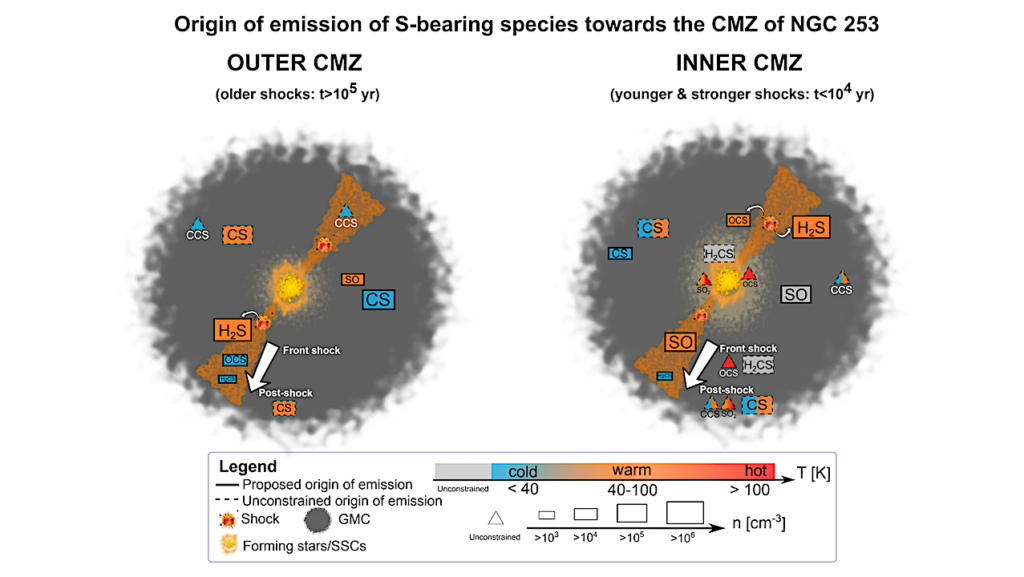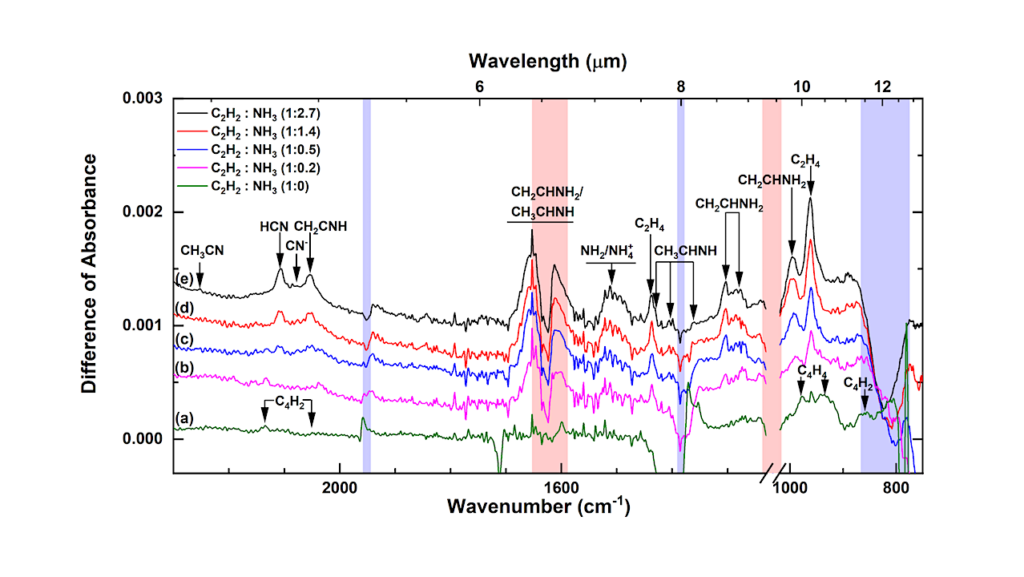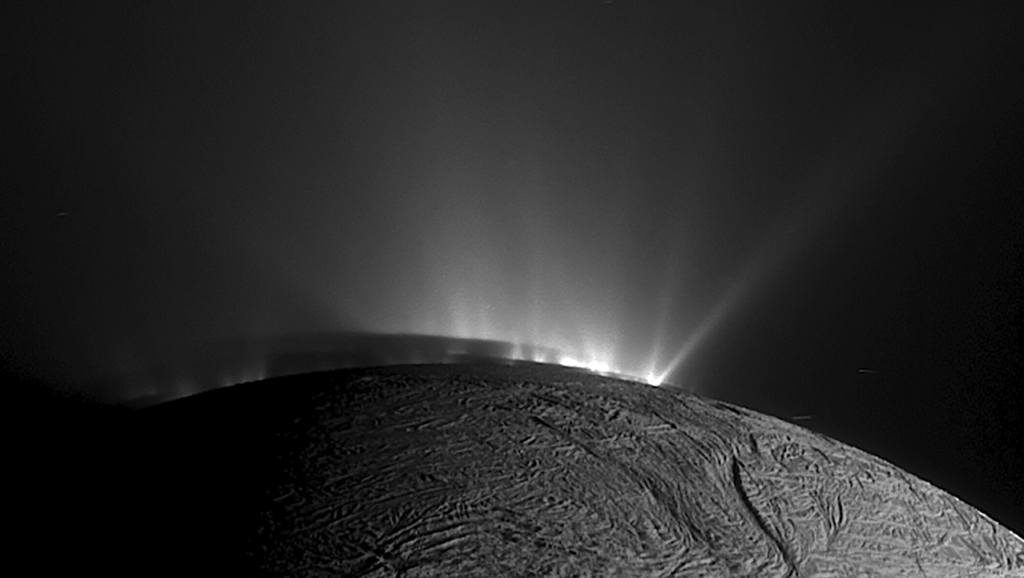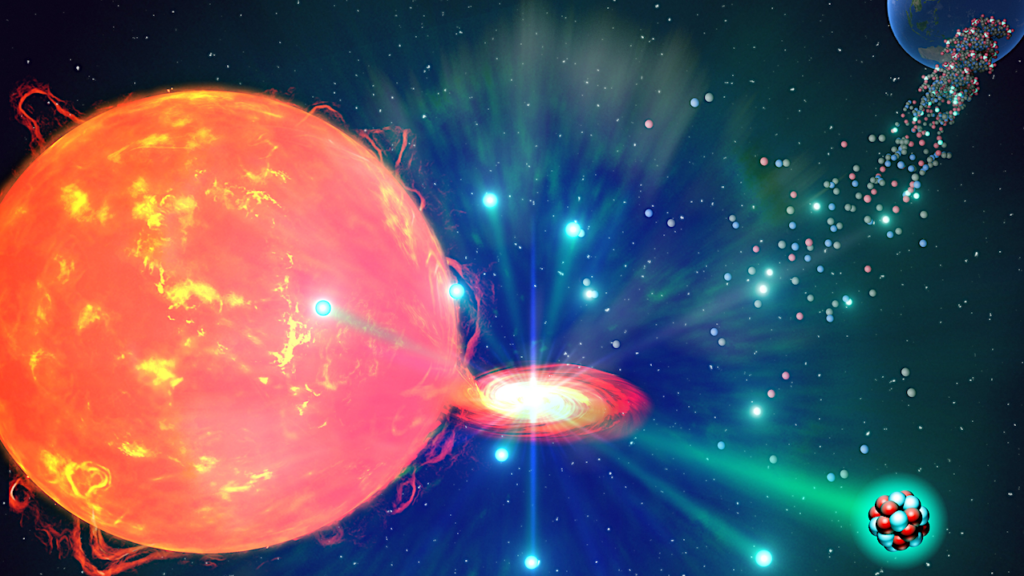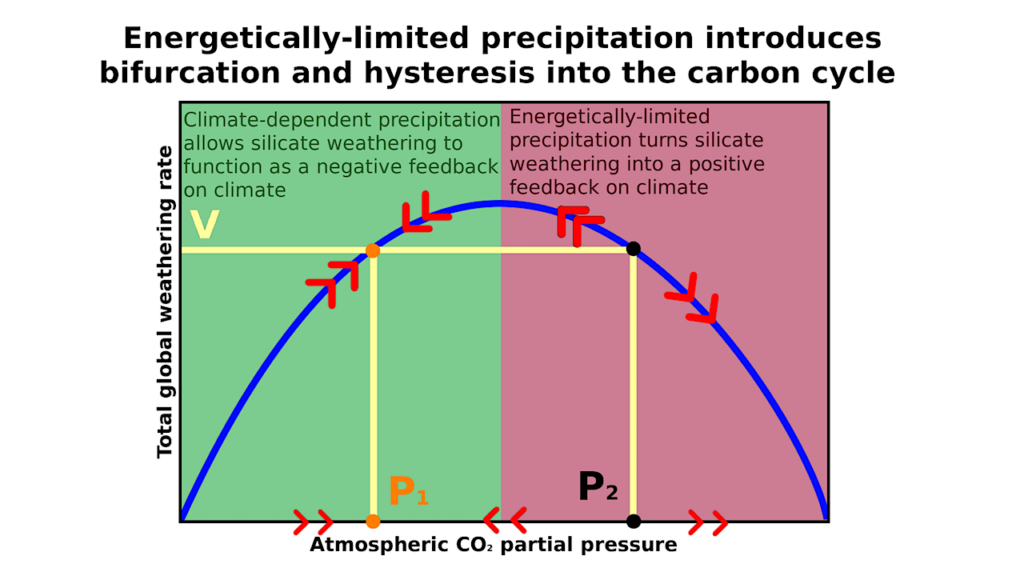Planet Formation Regulated By Galactic-scale Interstellar Turbulence

Planets form from protoplanetary discs of dust and gas that surround stars younger than a few million years. The properties of these discs dictate how planets grow, determining the nature, architecture and composition of the observed exoplanet population.
The nature of (turbulent) angular momentum transport through the disc in particular is critical for planet growth and migration. While the dominant physical processes in disc evolution remain unknown, theoretical studies widely assume an isolated star-disc system.
Here we challenge this conventional assumption by showing that, far from being isolated systems, discs in typical star forming environments are constantly replenished by capturing new material from the interstellar medium (ISM).
We show that this in-fall alone explains observed disc masses, outer radii and stellar accretion rates as a function of time and stellar mass. ISM capture is also capable of driving disc turbulence corresponding to viscosity in the range αSS∼10−5−10−1, as observationally inferred. We find that 20−70~percent of discs are composed of material captured in the most recent half of their life-time, implying their properties are not direct probes of internal disc physics.
Our results suggest that planet formation is driven by the turbulent cascade of energy from galactic-scales down to the protoplanetary disc and that recent evidence of in-fall from the ISM onto mature protoplanetary discs are part of an important, general process. This represents a far-reaching shift in our understanding of every stage of planet formation, from dust aggregation to the migration of giant planets through the disc.
Andrew J. Winter, Myriam Benisty, Sean M. Andrews
Comments: Submitted to Nature
Subjects: Earth and Planetary Astrophysics (astro-ph.EP); Astrophysics of Galaxies (astro-ph.GA); Solar and Stellar Astrophysics (astro-ph.SR)
Cite as: arXiv:2405.08451 [astro-ph.EP](or arXiv:2405.08451v1 [astro-ph.EP] for this version)
https://doi.org/10.48550/arXiv.2405.08451
Focus to learn more
Submission history
From: Andrew Winter
[v1] Tue, 14 May 2024 09:19:28 UTC (7,488 KB)
https://arxiv.org/abs/2405.08451
Astrobiology


